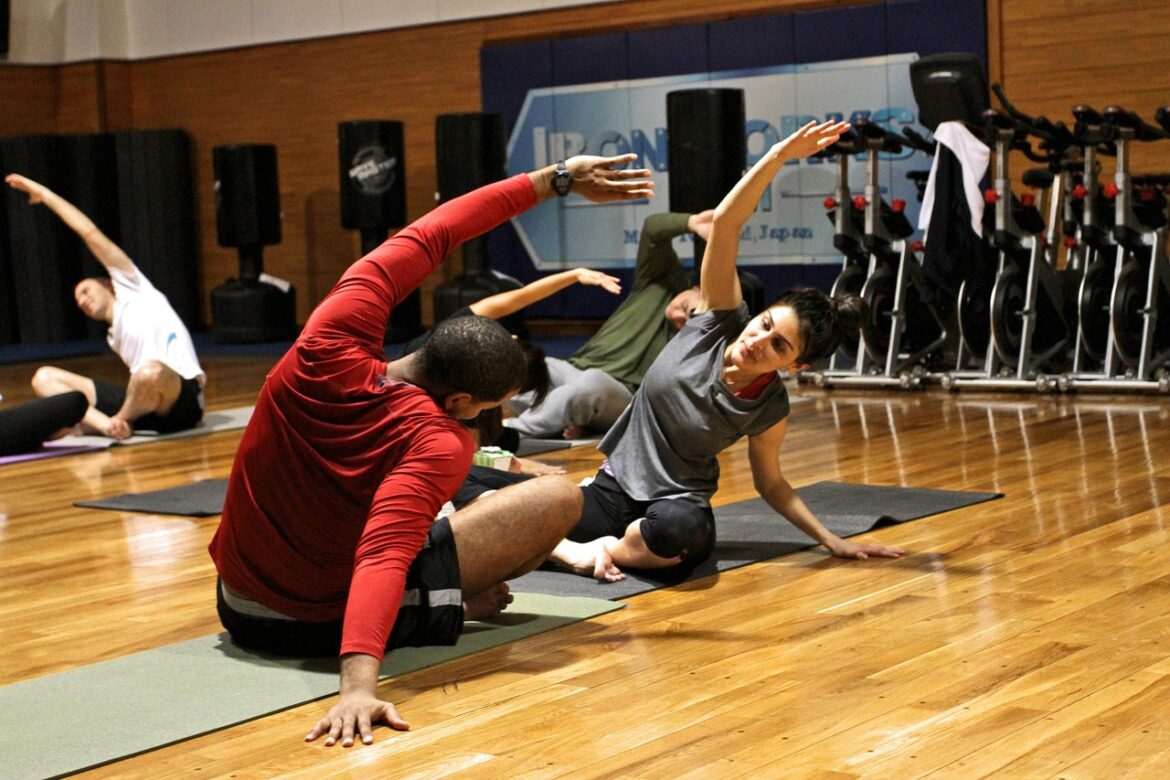Healthy Spines Keep You Healthy As You Age
Low back pain is incredibly common and can be a significant problem. In the health care community, many know low back pain is the most common cause of disability and lost work time in adults. (citation). If you are aware of this fact, you can see how important it is to take the necessary steps to achieve and maintain a healthy spine. Having a healthy spine is very important for maintaining one’s freedom and mobility as they age, as well as keeping a person’s health care costs and time away from work to a minimum. We in the Physical Therapy world might not have the fountain of youth, but we did find the best way to keep your spine healthy as you age.
To maintain a healthy spine and reduce health care costs, one can follow these guidelines:
1. Strengthen Your Core
One of the primary keys to maintaining a healthy spine and reducing stress through your back is to have a strong core. Strong core muscles help to create and absorb forces, which reduces the amount of pressure on your spine. Along with reducing stress, they also help to keep the spine in proper alignment and stable while you move. By maintaining spinal stability, and decreasing force through the spine, one can have a significantly positive impact on reducing low back pain.
2. Avoid lifting heavy objects and use good form when you do
One common way to hurt your back is by lifting something heavy, or with poor form. Find someone or something like a lifting assistance device to help you lift heavy objects. It is not always practical to take the extra time, or there isn’t anyone around to help you. In those cases, it is very wise to take these steps to optimize your mechanics and protect yourself.
When lifting, you should always try to:
- Keep your feet close to shoulder-width apart
- Core activated
- Spine neutral
- Back straight
- Bend your hips and knees
- The object you are lifting as close to you as possible
Avoid:
- A narrow base of support
- Straight knees
- Rounding your back
- Twisting
- Holding your breath
3. Treat strains and injuries with rest and the attention of a therapist
Research indicates to address one’s spinal health adequately, a person should rest their new injury and seek the attention of a physical therapist. The reality is that a large number of back injuries can use conservative treatment, a specialty of Physical Therapists. Between our clinical knowledge, experience, and research-supported guidelines (Clinical Practice Guidelines), we are the premier health care providers to treat or prevent an unhealthy spine. Not only are we the best option to address the low back, but we are also readily accessible. Physical Therapy is a profession with direct access, meaning that you no longer need a physician referral to see a therapist. Knowing this, remember to consider seeing a physical therapist as your first step in maintaining a healthy spine.
4. Eat a balanced diet
For the heal a painful back or to maintain a healthy spine, it must have the proper nutrition. Staying readily hydrated and drinking enough water is vital, which helps in maintaining the space in your spine and reduces the chance of joint or nerve pain. Along with hydration, nutrition is key to having healthy bones. A well-balanced diet can make a big difference in the health of your joints, healing potential, and reducing inflammation.

